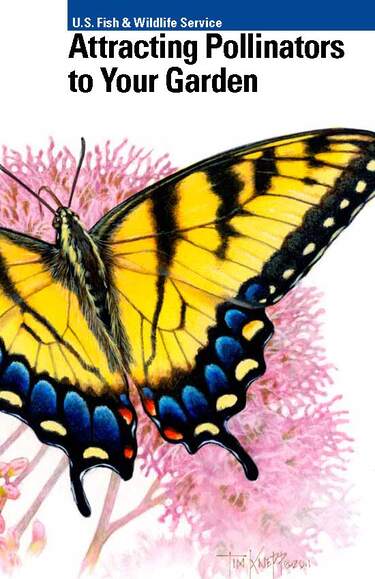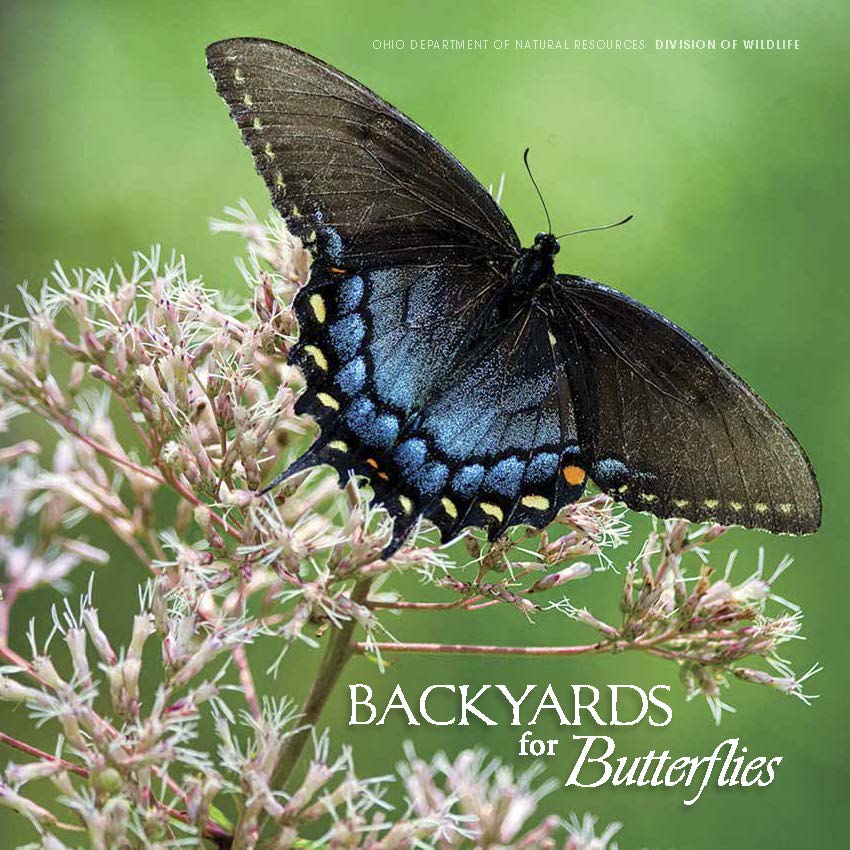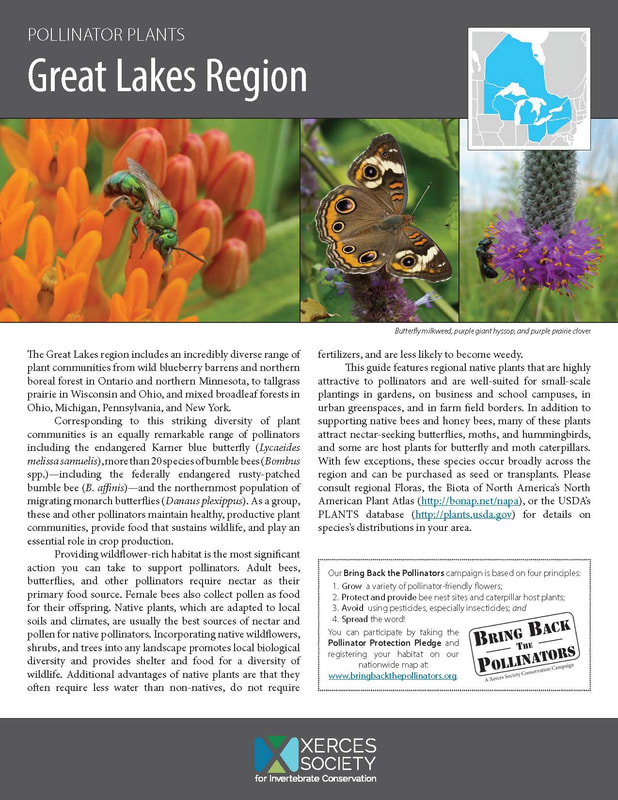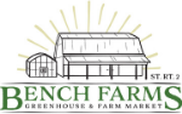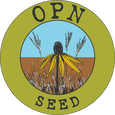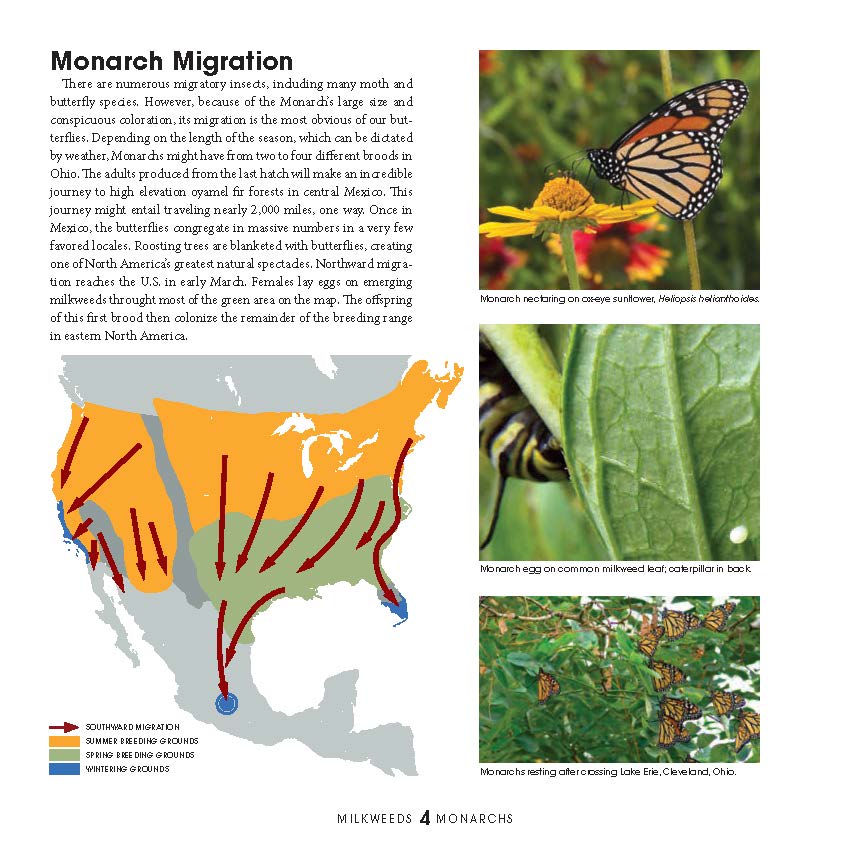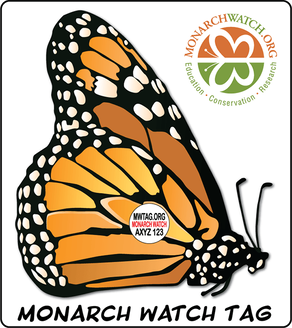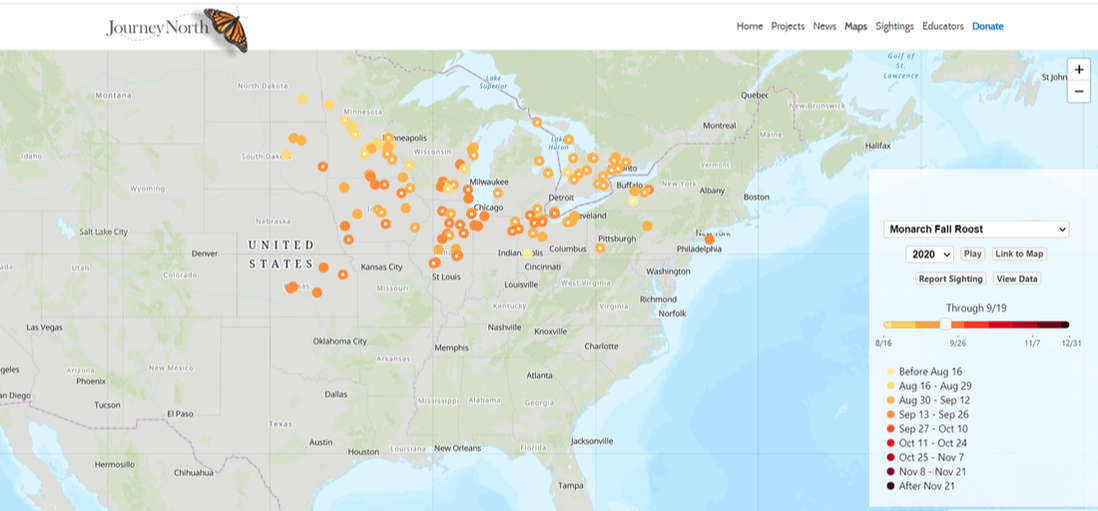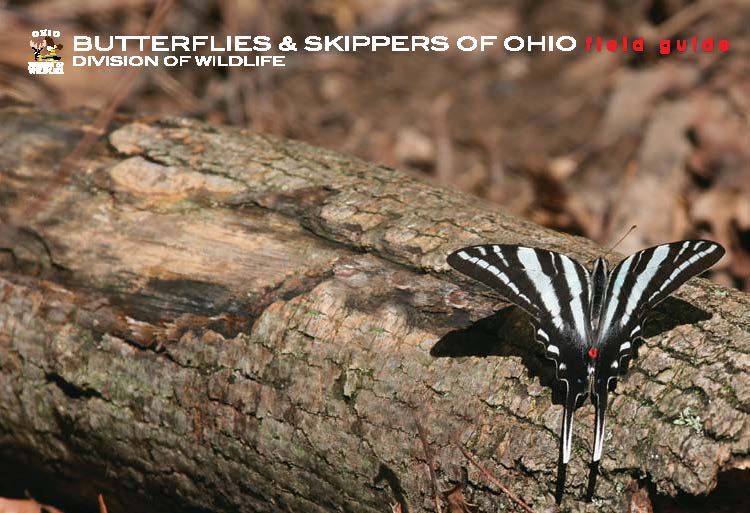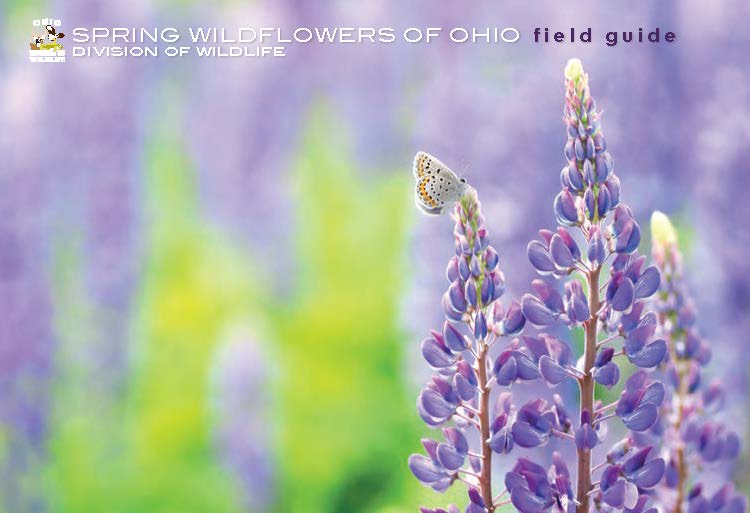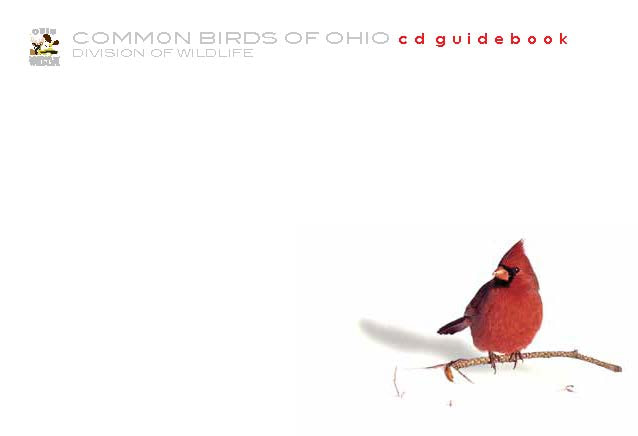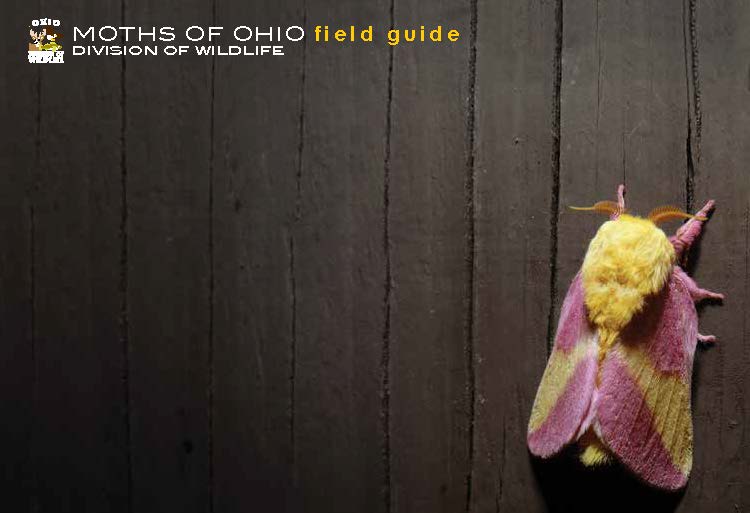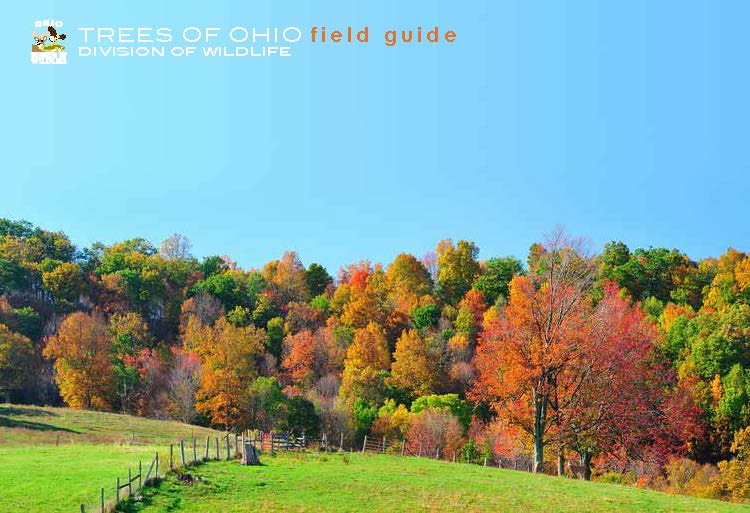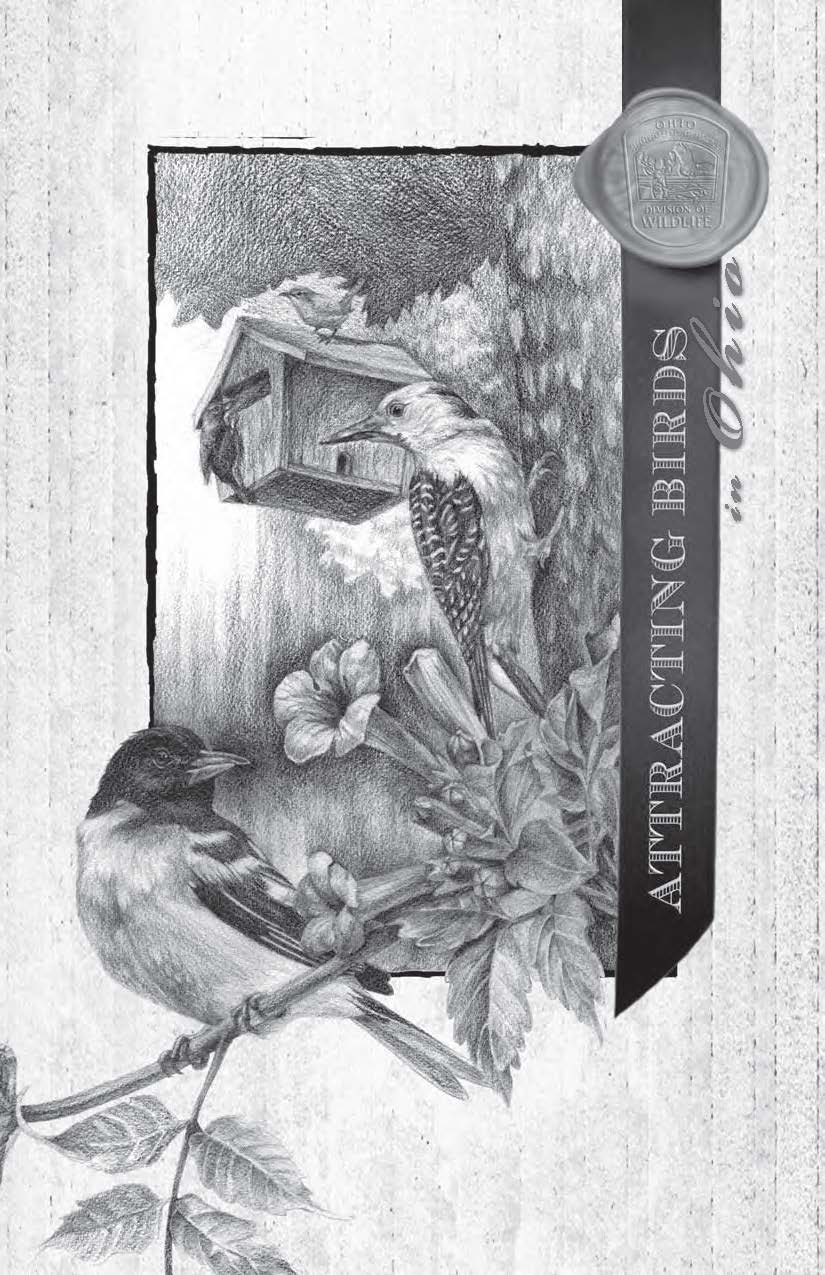Conservation at Home
Friends of Ottawa National Wildlife Refuge encourages you to create habitat close to home.
Planting native plants is one of the single most important things that you can do to support our dwindling pollinator and bird populations as they provide nectar and seeds that our wildlife depend upon. Enjoy these resources gathered to help you learn more about attracting wildlife to your own yard. Together, we can make a difference for birds and wildlife.
Planting native plants is one of the single most important things that you can do to support our dwindling pollinator and bird populations as they provide nectar and seeds that our wildlife depend upon. Enjoy these resources gathered to help you learn more about attracting wildlife to your own yard. Together, we can make a difference for birds and wildlife.
What are Pollinators?
|
• Pollinators are nearly as important as sunlight, soil and water to the reproductive success of over 75% of the world’s flowering plants.
• They are crucial to the production of most fruits, nuts, and berries on which people and wildlife depend. • Over 150 food crops in the United States depend on pollinators, including blueberries, apples, oranges, squash, tomatoes and almonds. What is Pollination? Pollination occurs when pollen grains from a flower's male parts (anthers) are moved to the female part (stigma) of the same species. Once on the stigma, the pollen grain grows a tube that runs down the style to the ovary, where fertilization occurs, producing seeds. Most plants depend on pollinators to move the pollen from one flower to the next, while others rely on wind or water to move pollen. Plants produce nectar to attract pollinators. As the pollinator moves from flower to flower collecting nectar, they are also moving pollen from flower to flower. Certain fruits and seeds will not be produced if their flowers are not pollinated. Pollinators like bees, bats, and butterflies are in peril due to habitat loss, disease, and pesticide use. You can do your part by supporting pollinators in your own backyard.
|
Supporting Pollinators
|
Providing wildflower-rich habitat is the most significant action you can take to support pollinators. Adult bees, butterflies, and other pollinators require nectar as their primary food source. Female bees also collect pollen as food for their offspring. Native plants, which are adapted to local soils and climates, are usually the best sources of nectar and pollen for native pollinators.
Incorporating native wildflowers, shrubs, and trees into any landscape promotes local biological diversity and provides shelter and food for a diversity of wildlife. Additional advantages of native plants are that they often require less water than non-natives, do not require fertilizers, and are less likely to become weedy. This guide features regional native plants that are highly attractive to pollinators and are well-suited for small-scale plantings in gardens, on business and school campuses, in urban greenspaces, and in farm field borders. Learn more here! Shopping for native plants? Check out some of our favorite 'tried and true' vendors!
|
Monarchs and Milkweed
|
There are numerous migratory insects, including many moth and butterfly species. However, because of the Monarch’s large size and conspicuous coloration, its migration is the most obvious of our butterflies. Depending on the length of the season, which can be dictated by weather, Monarchs might have from two to four different broods in Ohio. The adults produced from the last hatch will make an incredible journey to high elevation oyamel fir forests in central Mexico. This journey might entail traveling nearly 2,000 miles, one way. Once in Mexico, the butterflies congregate in massive numbers in a very few favored locales. Roosting trees are blanketed with butterflies, creating one of North America’s greatest natural spectacles. Northward migration reaches the U.S. in early March. Females lay eggs on emerging milkweeds throughout most of the green area on the map. The offspring of this first brood then colonize the remainder of the breeding range in eastern North America.
Planting milkweed in your yard is one sure way that you can help to support this population. Native nectar species like goldenrod, cup plant, purple coneflower, and dense blazing star are also excellent sources of food for these migrating butterflies. Ottawa National Wildlife Refuge has been an important stop on the monarch's migration across Lake Erie. In 2018, an estimated 200,000 butterflies descended on the refuge marshes, roosting in cottonwood and willow trees to wait out the remnants of Hurricane Gordon. This may have been the largest monarch butterfly roost that we will ever see in our lives. A photo from that day was featured on our 2018 Annual Report cover. Monarch migration is tracked through several efforts. The Monarch Watch Tagging Program is a large-scale citizen science project that was initiated in 1992 to help understand the dynamics of the monarch's spectacular fall migration through mark and recapture.Each fall Monarch Watch distributes more than a quarter of a million tags to thousands of volunteers across North America who tag monarchs as they migrate through their area. These "citizen scientists" capture monarchs throughout the migration season, record the tag code, tag date, gender of the butterfly, and geographic location then tag and release them. At the end of the tagging season, these data are submitted to Monarch Watch and added to the database to be used in research. Journey North is one of North America’s premiere citizen science programs for people of all ages. The project has broad participation, with over 60,000 registered sites in the US, Canada, and Mexico — including families, teachers, schools, nature centers, professional scientists and novices. Journey North provides an easy entry point to citizen science, with simple protocols, strong online support, and immediate results. Reported sightings are mapped in real-time as waves of migrations move across the continent. People report sightings from the field, view maps, take pictures, and leave comments. Journey North was founded in 1994 by Elizabeth Howard who led the project for 25 years. Throughout its history, Journey North has been funded by Annenberg Learner, a division of the Annenberg Foundation, focused on advancing excellent teaching in American schools. You may upload your monarch sightings and view lots of other wildlife sightings at the link below. |
Identification Guides
Attracting Birds to Your Yard
|
Birds can be enticed to share our space in many ways. Like any wildlife species, their needs are basic: food, water, and shelter. By providing these needs we can effectively bring birds into our lives so we can enjoy them more.
NATURAL FOOD Gardening and landscaping for wildlife are great ways to beautify our yards and communities while still providing for wildlife. Many of the plants that we use in ordinary landscaping can and do attract wildlife. For instance, annuals like cosmos, zinnia, and sunflower provide nectar for hummingbirds, butterflies, and bees. As a bonus, ripe seeds of these plants are readily eaten by songbirds. Perennials such as purple coneflower, cardinal flower, bee balm, and butterfly milkweed again provide nectar. And, coneflower seed is a favorite of goldfinches plus the milkweed is a host plant for the monarch butterfly caterpillar. WATER In Ohio we are fortunate to have adequate rainfall so in general, there is often plenty of water for wildlife. The exceptions occur when there is a summer drought or a winter freeze. During harsh conditions such as these, a bird bath could attract more birds to your yard than a bird feeder! HABITAT Bird feeders are a quick and easy way to attract birds, however the best approach is to give more consideration to their long-term habitat needs. Plantings and other features that duplicate natural habitats are a more inherent and permanent way to provide the basic needs of food and shelter throughout the seasons. Further, when you provide habitat specifically for birds, other wildlife will also benefit! SHELTER Birds need two kinds of shelter: protection from predators and harsh weather, and cover in which to nest. Trees, shrubs, and vines in our landscapes can provide both kinds of shelter. |

